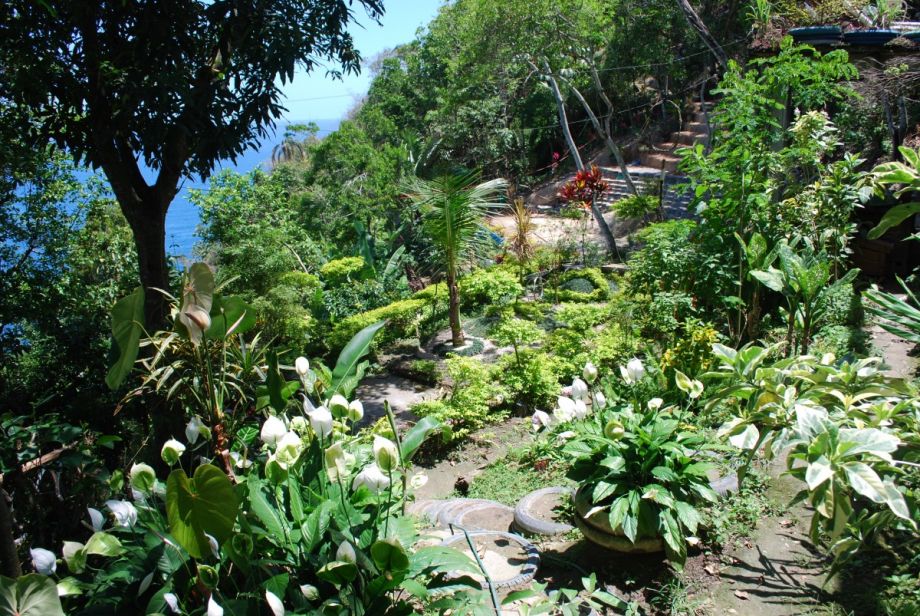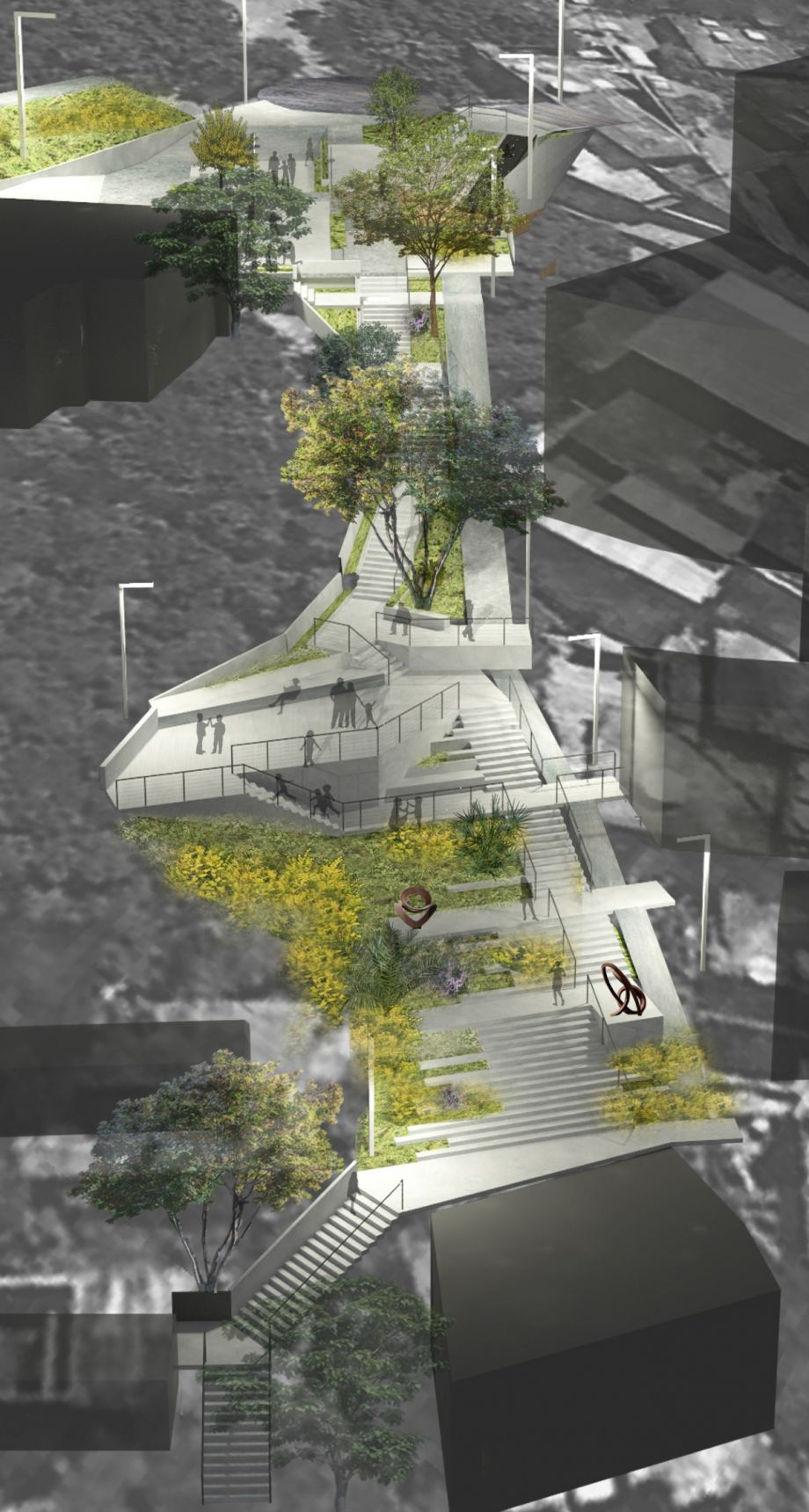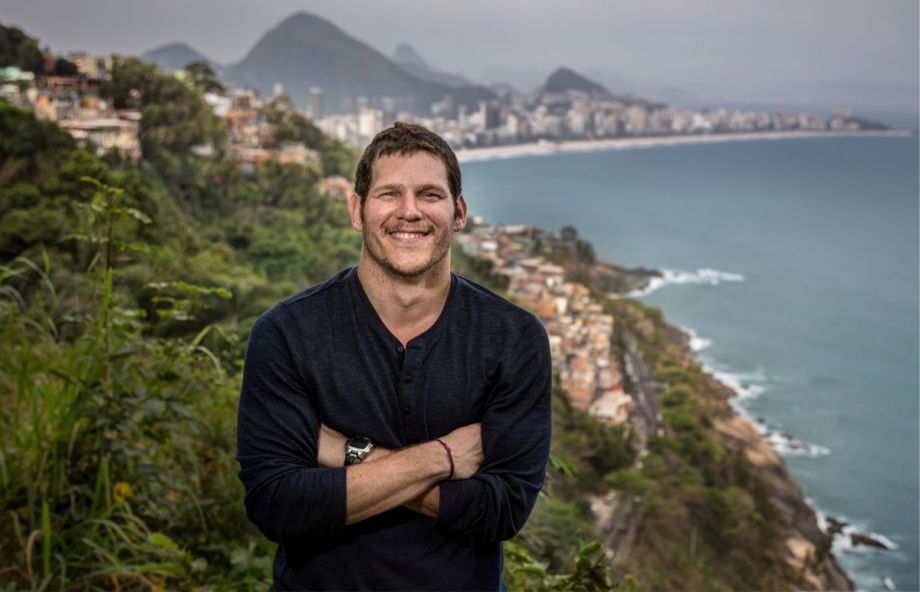Next City isn’t just a news website, we are a nonprofit organization with a mission to inspire social, economic and environmental change in cities. Part of how we do that is by connecting our readers to urban changemakers and holding an annual Vanguard conference bringing together 40 top young urban leaders.
Name: Pedro Henrique de Cristo
Current Occupation: Partner at +D Studio and Executive+Design Director of Sitiê Ecological Park
Hometown: João Pessoa, Brasil
Current City: Rio de Janeiro
I get to work by: Walking and car when necessary
The area I grew up in is: City
What was your first job? Designer at my parents’ architecture studio
What is your favorite city and why? Other than my hometown of João Pessoa and Rio de Janeiro, which are dear to my heart, I would say Amsterdam for its urban design. I admire how the built space of the city serves its people, in dialogue with nature and how design is essential to its cultural production.
Favorite landmark or public space in your city? Park and Institute Sitiê in Vidigal. From the first time I went there I was moved both by the work realized by the community and how aesthetically unique the place is. During the last three years, I have had the privilege of working with its original founders and new members integrating architecture, technology, arts, industrial design and urbanism to nature while delivering concrete results. In this period the park area increased 772 percent, now amounting to 57 percent of Vidigal’s public space with an original design language and scalable solutions for urban sustainability and resilience. It is not just the most beautiful place in Rio, but also the one that gives me the most hope about the city’s future.

View of the Park and Institute Sitiê in Vidigal, Rio de Janeiro
Did you always want to be an architect/designer? I grew up at my parents’ studio learning everything from them as a given. It wasn’t until I was older that I realized what a blessing it was to be raised in such an environment.
What do you like most about your current job? We have worked hard to create an environment where everyone’s creativity, knowledge and experience is valued over their title or discipline in solving whatever challenge we have at hand. We don’t abide by the typical disciplines of architect, policymaker, data scientist, coder, engineer, lawyer, etc. Instead we work together through a culture of ethics, evidence and excellence that is universal.

Stair and public space designed by +D (pro-bono) for Sitiê — winner of the 2015 SEED Design Awards for Excellence in Public Interest Design
What is the coolest project you worked on? RioLab, the urban strategy we developed that positions Vidigal as a laboratory for urban innovation. When I decided to move to a slum — I lived there for three years — right after graduating from Harvard, it took a while for people to understand that I was not there to do charity but to produce the most important urban solutions I could with the best people both from within and outside of the community. We are learning how to create a more dignified, productive and sustainable urban future, especially for the five billion people of the Majority World (Latin America, Africa and Asia), and proving that innovation in architecture, policy, technology, research and entrepreneurship can, and in fact must, be developed within the context of a favela to the world. We see each of our specific projects, including Park and Institute Sitiê (focused on urban development), Future Now (focused on education) and the Digital Agora (focused on democracy) as part of this larger strategy that serves the whole city starting from the favela.
What are the hard parts about your job? Dealing with unnecessary politics, twisted interests and dysfunctional bureaucracy.
What is the biggest challenge facing cities today? Integrating the rapidly growing slums (especially in the Majority World) to formal areas, anticipating cities’ growth, and making them resilient and sustainable are the main urban challenges of the 21st century. We have to recognize that cities function as systems that are decided from the bottom-up, and if we don’t rectify long-standing systemic inequalities, enable communities to compensate for the lack of architects in meeting the massive demand for construction, and increase urban resilience and sustainability in the face of climate change, we will face the possibility of massive collapse within our cities. Delivering this change is fundamentally a political act, and we must understand the advancement of democracy is intrinsically linked to the creation and occupation of public space.
What’s your BHAG (Big Hairy Audacious Goal)? To evolve the practice of architecture to better serve humanity in dialogue with nature. First by ending the false dichotomy between social function and aesthetics, then by integrating it with policy and technology (based on evidence), and finally by advancing design as process widely applicable and necessary such as research and development.
What do you look for when hiring someone? I am looking for the outliers who are rebels with a cause and have sparks in their eyes.








